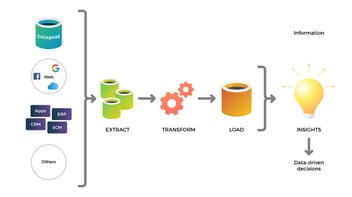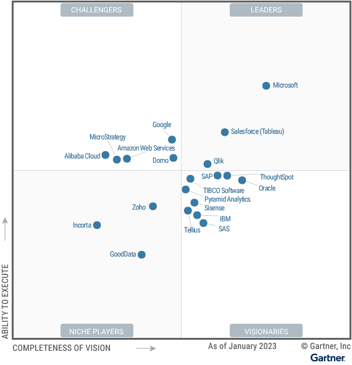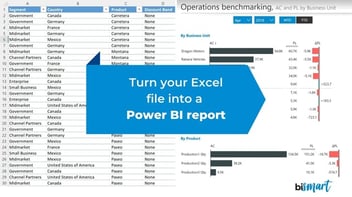Do companies need a data warehouse to build a solid business intelligence (BI) environment? Find the answer to the question here.
Business intelligence and data warehouses are two of the most important elements for the proper functioning of modern companies. Both contribute to the digital transformation of companies in terms of data storage, security and exploitation.

Today, data analysis is a key business process, so much so that it is difficult to imagine a successful company operating without analysing data.
It is nothing new, organisations have always needed information on which to base their decisions. However, with the advent of Big Data, the amount of information available has multiplied to such an extent that business intelligence is inconceivable without proper data management and the application of data governance processes.
This is where business intelligence and data warehousing meet. Data warehousing refers to the processes that companies carry out to collect and store information. Business intelligence is the next step: the analysis and processing of this information to generate intelligence and insights that support the process of making data-driven decisions.
Both concepts are crucial for companies to harness the value of data and transform it into better decisions and the development of differentiated business strategies.
The relationship between data warehousing and business intelligence
First of all, it is important to understand that a data warehouse is not just any database. The main difference between a data warehouse and an ordinary database is their data processing and integration capability.
| Database | Data Warehouse |
| Ability to store data from a small number of sources. | Ability to store data from an unlimited number of sources. |
| Efficient for the processing of transactional operations. | Effective for analysing and aggregating large volumes of data. |
| Limited data integration and analysis capacity. | It integrates with multiple platforms and systems, enabling data visualisation and report extraction from complex data. |
The link between business intelligence and data warehousing is simple: both are part of the backbone that supports an organisation's information system. Let's see why.
Obviously, companies need space to store their data assets. However, the relationship between data warehousing and BI does not end there.
One of the main obstacles preventing companies from harnessing the real value of data and transforming it into intelligence is data fragmentation, which occurs when different departments or business units within a company store information in different data warehouses that are incompatible, making data integration and sharing knowledge impossible, as well as generating data silos that cannot be merged.
In 2017, US consultancy Gartner conducted research into the reasons that prevent companies from being data-driven. 52% of executives surveyed said that fragmented silos prevent them from sharing data and 33% acknowledged that their company does not have the necessary data management technologies in place. Fortunately, the market is getting faster and faster at providing the right answers to new business needs with more advanced technologies. An example of this is the consolidation of the Customer Data Platform (CDP) in recent years.
In the enterprise environment, it is very common for departments to operate with legacy systems and platforms that are not integrated with each other. This prevents the consolidation of a solid and comprehensive business intelligence foundation.
The data warehouse was designed to solve this problem by directing data flows from all corporate data sources to a central repository —the data warehouse— and enabling access to the data by anyone in the organisation.
On the other hand, an efficient data warehouse can speed up the loading time for preparing and analysing data, as well as promote data security and contribute to compliance with data protection regulations.
How the process works: from the data warehouse to business intelligence
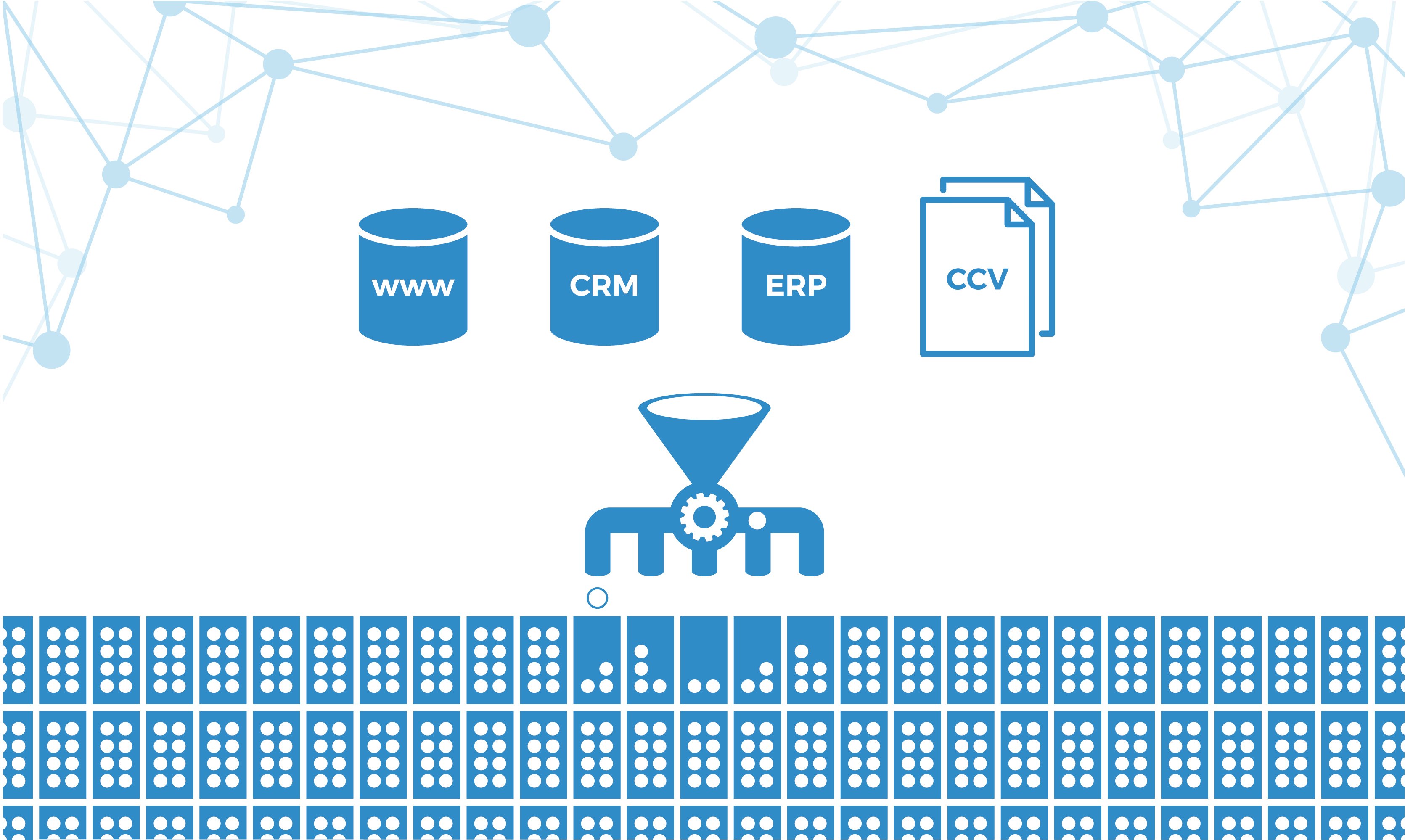
Below we review the steps necessary to build a solid business intelligence base through a data warehouse.
1. Identifying the data sources
The first step in getting a data warehouse up and running is to decide what data you want to collect and to find the source(s) where the data is located so that you can move the data into the data warehouse or its sub-category, the data mart.
Although it may seem obvious, this step is critical, as it forces managers to consider what they want to get from the data, what data they need to meet their objectives, and what data assets can be eliminated.
2. ETL: Extract, Transform and Load
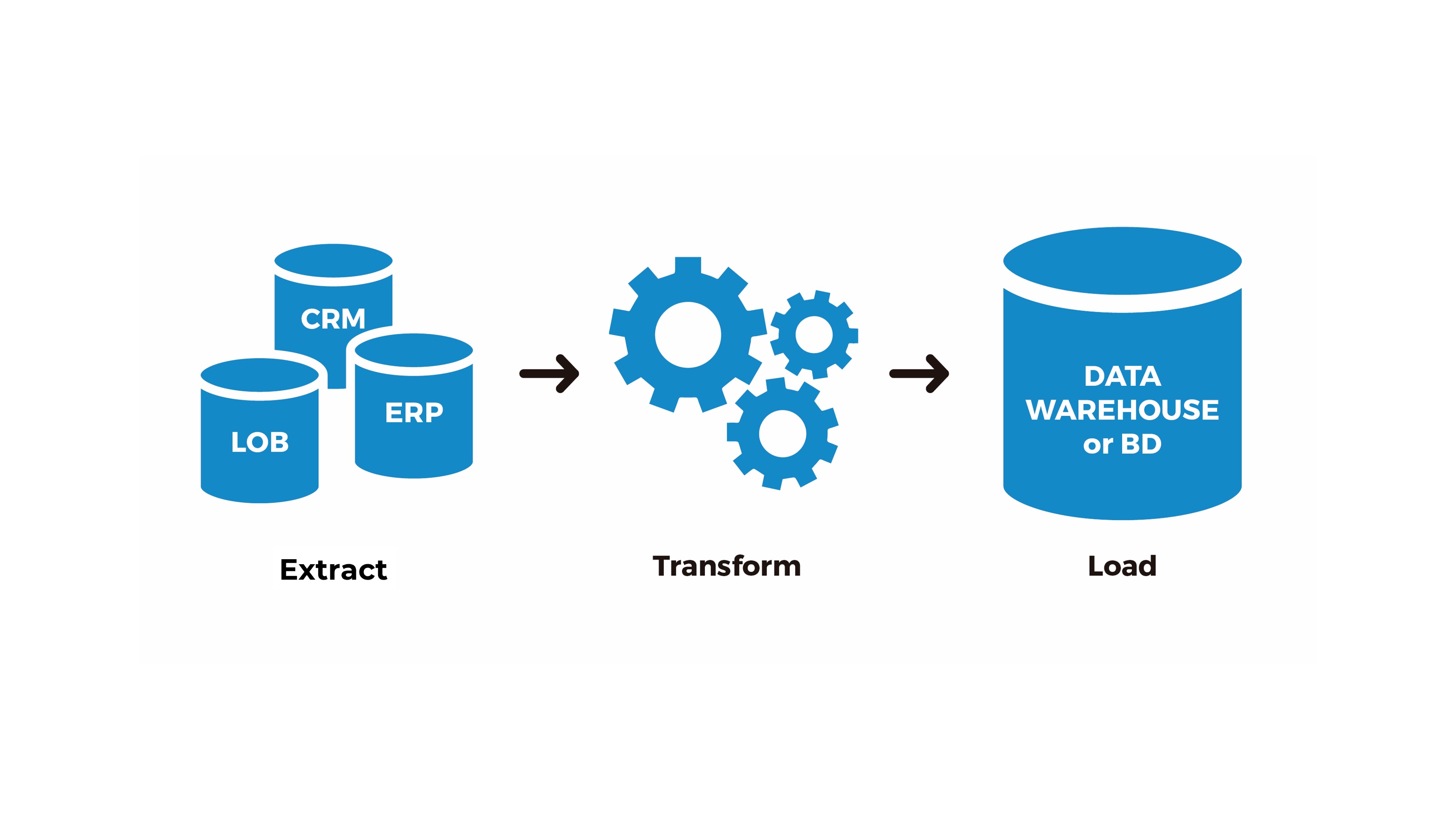
Once the data to be centralised and the place where it is stored have been identified, the process of extracting, transforming and loading the data, also known as ETL, is carried out.
ETL is a fundamental part of the process, as it not only extracts the information to be loaded into the data warehouse, but also cleans and consolidates it to ensure data quality and its consistency across all databases, regardless of the system from which the information originates.
Basically, ETL is a must to transform raw data into useful data, ready to be used by analysts and data scientists, BI consultants or any other user profile.
Also, most ETL processes are automated and promote data quality and data governance.
Like any technology, in recent years the ETL process has been evolving towards a new perspective: ELT, which alters the order of transform and load.
3. Business Intelligence (BI)
Once the data has been transformed, validated, cleansed, consolidated and loaded into the data warehouse, it is ready to be transformed into knowledge through business intelligence tools.
Business intelligence tools allow users to transform data into information and information into insights or, in other words, intelligence. BI tools include reporting systems such as Power BI, data visualisation platforms, the development of dashboards and corporate reports, etc.
Market-leading business intelligence tools, such as Microsoft Power BI —the leader of Gartner's Magic Quadrant for BI and analytics tools 2022— are designed with a business approach and enable non-technical users to work with data and transform it into better decisions. Ensuring that end users get the information they need in the best way possible is the foundation of business intelligence and what makes the difference in leveraging data.
At Bismart, a Microsoft Power BI partner, we use Power BI for the development of our business intelligence solutions. We have a multidisciplinary team of experts in the application of best practices for the generation of business intelligence. With their knowledge we have created the e-book "The 21 best reporting practices in Power BI" that you can download below:
In short, business intelligence acts as the nexus between the data warehouse and data's end users.
Do I need a data warehouse to generate business intelligence?
In short: Yes.
Although some companies generate business intelligence without a data warehouse, the process of this approach has many drawbacks, both in terms of performance, time and money. The data processing operations required to generate business intelligence without a data warehouse can strain transactional databases, reduce performance and increase load time, slowing down the process of transforming data into intelligence.
On the other hand, not having the infrastructure in place for data integration and system integration creates many other problems, some of which we have already discussed.
Simply put, transactional databases cannot do the same job as a data warehouse and their ability to generate intelligence is limited. It is no coincidence that 48% of organisations consider their BI environment to be "critical" or "very important" to their long-term productivity.

